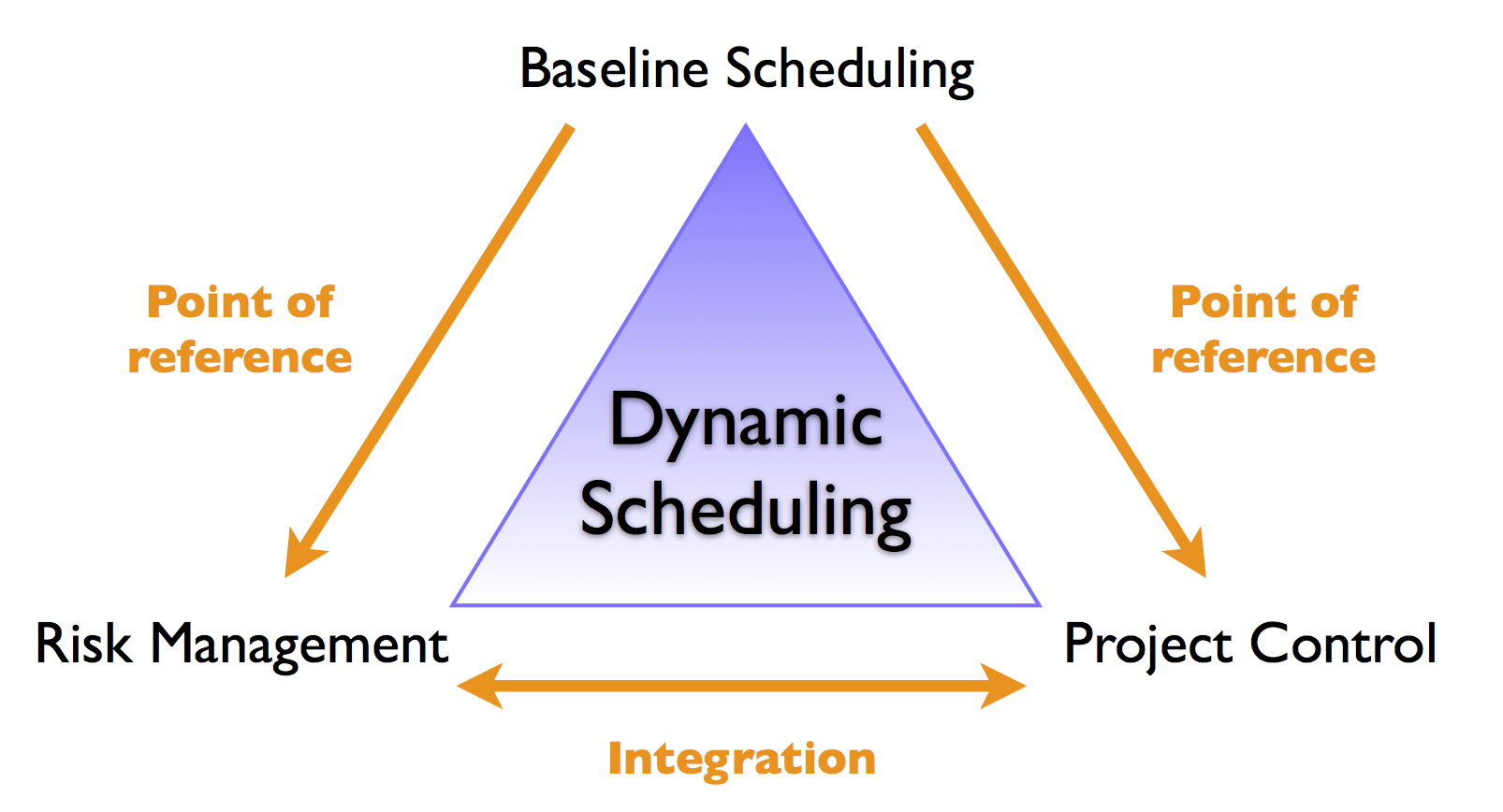Dynamic scheduling: An introduction to baseline scheduling
Submitted by Mario Vanhoucke on Mon, 02/06/2012 - 17:13

Baseline scheduling can be defined as the act of constructing a timetable to provide a start and end date for each project activity, taking activity relations, resource constraints and other project characteristics into account and aiming at reaching a certain scheduling objective.
The construction of a project baseline schedule is often a time-consuming and cumbersome task. However, the central role of the baseline schedule in a Schedule Risk Analysis (see “Dynamic scheduling: An introduction to risk management”) and in the Project Control phase (see “Dynamic scheduling: An introduction to project control”) cannot be underestimated. It should indeed be generally accepted that the usability of a project baseline schedule is to act as a point of reference in the project life cycle, and hence, a project schedule should especially be considered as nothing more than a predictive model that can be used for resource efficiency calculations, time and cost risk analyses, project tracking and performance measurement, and so on.

Figure 1. Dynamic scheduling: the baseline schedule, risk management and project control triangle?
The baseline scheduling topics of PMKC have been classified in the following categories:
- Network analysis
- Resource analysis
- Scheduling techniques
For an overview of the three dynamic scheduling dimensions, see figure 1 or “Dynamic scheduling: Welcome to PM Knowledge Center”. The different categories are briefly explained below. Further details on these topics can be found in the summary articles of PMKC.
Network analysis
Network analysis involves the construction of a project network containing activities and links between these activities to model the project network logic.
Resource analysis
The presence of resources in project scheduling increases the complexity of finding an acceptable baseline schedule. Due to this inherent complexity, software scheduling tools are necessary to construct a resource feasible schedule without resource overallocations.
Scheduling techniques
In order to have an idea about the underlying mechanism used by software tools, various scheduling techniques are discussed. These techniques are classified as follows:
- Critical path scheduling: Easy and straightforward scheduling techniques where it is assumed that no resource constraints are imposed.
- Resource scheduling: Complex scheduling techniques for projects where the use of renewable resources is restricted.
- Scheduling objectives: Information on the use of objectives that can be set during the construction of a project’s baseline schedule.
© OR-AS. PM Knowledge Center is made by OR-AS bvba | Contact us at info@or-as.be | Visit us at www.or-as.be | Follow us at @ORASTalks


